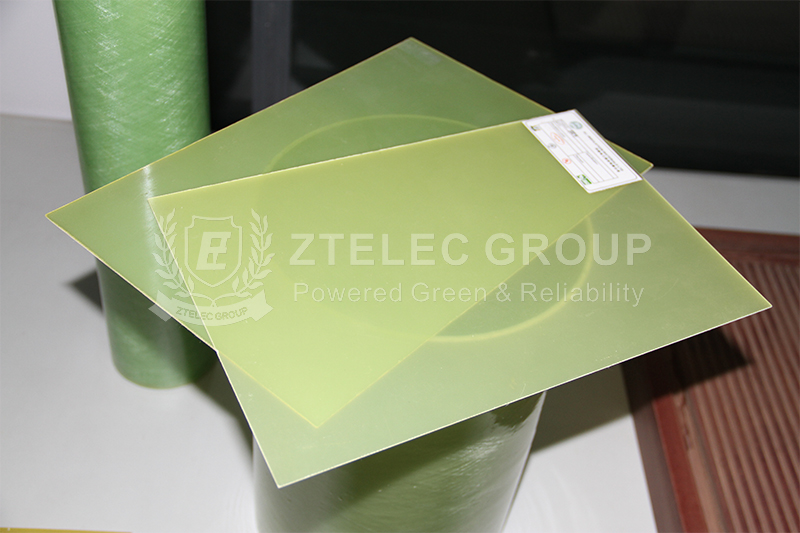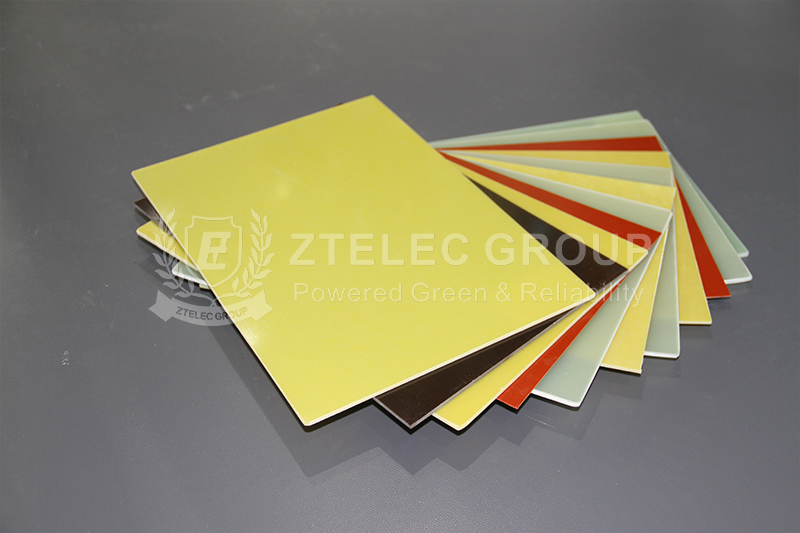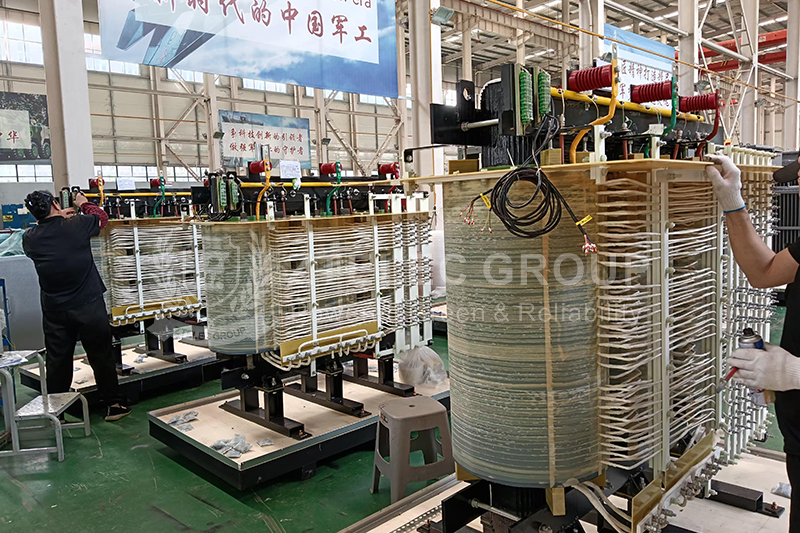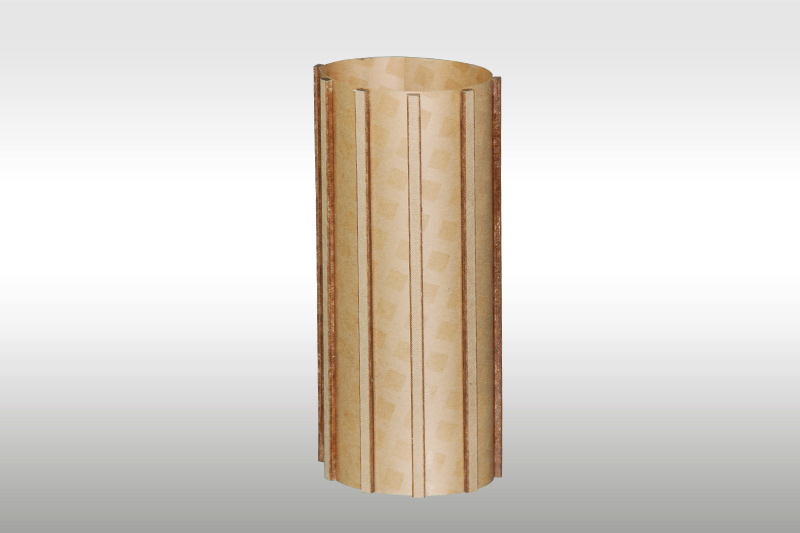How to cut an epoxy fiberglass sheet?
Epoxy fiberglass sheets have the advantages of high strength, corrosion resistance, and good insulation. And it is widely used in electronics, electrical, aerospace and other fields. During use, in order to meet different size requirements, epoxy fiberglass sheets need to be cut. However, due to its special material, it is necessary to choose appropriate methods and tools when cutting to ensure cutting quality and efficiency.
Method for cutting epoxy fiberglass sheet
1. Mechanical cutting
·Sawing
Sawing can be done with a manual saw, band saw or circular saw. For thinner epoxy fiberglass sheets, a manual saw may be sufficient; for thicker sheets or boards that require high-precision cutting, a band saw or circular saw is more suitable.
The advantages of sawing are low cost and relatively simple operation; the disadvantages are slow cutting speed, rapid wear of the saw blade, and the cut surface may have certain burrs.
·Milling
Milling uses a milling machine for milling. The type and size of the milling cutter are selected according to the thickness of the board and the cutting requirements. Pay attention to controlling the milling depth to avoid damage to the board due to excessive milling at one time.
The advantage of milling is that it can achieve cutting of complex shapes with high cutting accuracy; the disadvantages are high equipment cost, relatively complex operation, and certain professional skills are required.

2. Thermal cutting
·Laser cutting
Laser cutting uses a high-energy-density laser beam to irradiate the sheet, causing the plate to melt and vaporize quickly, thereby achieving cutting.
During laser cutting, we need to adjust the power, frequency and cutting speed of the laser according to the thickness and material of the sheet. Before cutting, the laser cutting machine must be debugged and calibrated to ensure cutting accuracy.
The advantages of laser cutting are high cutting accuracy, fast speed, narrow and smooth incision; the disadvantages are that the equipment is expensive, the operating cost is high, and the technical requirements for operators are high.
·Plasma cutting
Plasma cutting is to partially melt the sheet through the high temperature of the plasma arc, and blow away the molten material with the help of high-speed airflow to form an incision.
For plasma cutting, you need to choose a suitable plasma power supply and cutting torch, and adjust the cutting current, gas flow and cutting speed. When cutting, keep the cutting torch perpendicular to the sheet to ensure the cutting quality.
Its advantage is that the cutting speed is fast and it is suitable for cutting thicker sheets; its disadvantage is that the cutting accuracy is relatively low, the incision is wide, and a certain heat-affected zone may be generated.

3. Waterjet cutting
Waterjet cutting uses high-pressure water flow to cut sheets. Abrasives can be added to the water flow to increase cutting power.
When cutting with water, we need to adjust the water pressure, abrasive flow and cutting speed according to the material and thickness of the sheet. Before cutting, the waterjet equipment should be inspected and debugged to ensure the normal operation of the equipment.
Its advantages are high cutting accuracy, no heat-affected zone, and it is suitable for cutting various materials; its disadvantages are high equipment cost, relatively slow cutting speed, and high water consumption.
- more+releated article
- 2025-10-21Application of K Factor Transformer
- 2025-10-21Detailed explanation about transformer model w
- 2025-10-2010kV Oil-Immersed Transformer Safety: Lightnin
- 2025-10-20What are The Advantages of Phenolic Cotton Clo
- 2025-10-17Are Three-Phase Isolation Dry-Type Transformer
- 2025-10-17G10 Epoxy Sheet: Choosing the Right Specificat
- 2025-10-1610kV Oil-Immersed Transformer Operation Inspec
- 2025-10-163240-B Epoxy Phenolic Glass Fiber Cloth Lamina
- 2025-10-15G10 Epoxy Sheet: The Preferred Insulation Mate
- 2025-10-15Analysis of Energy-Saving and Noise Control Te





